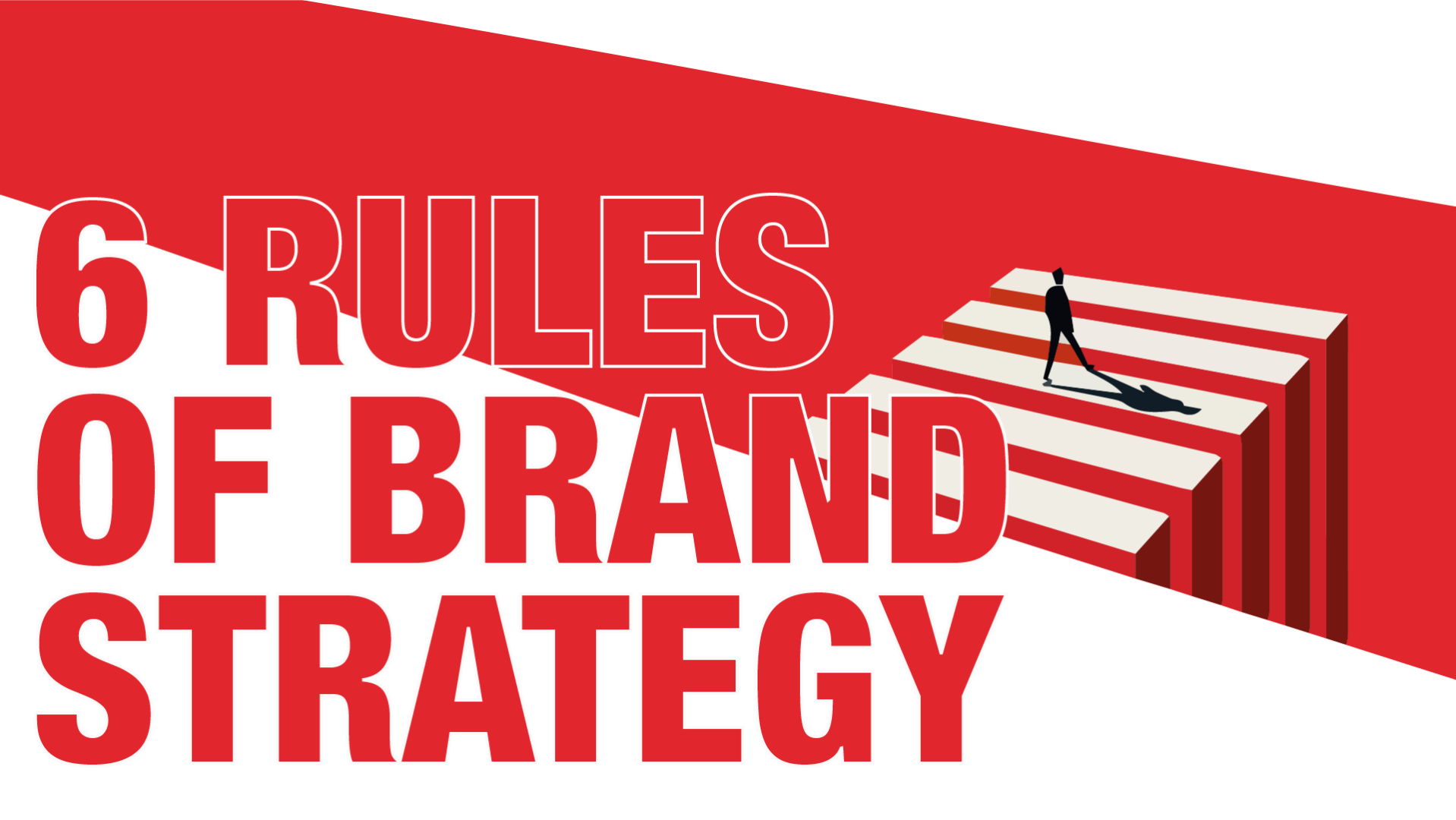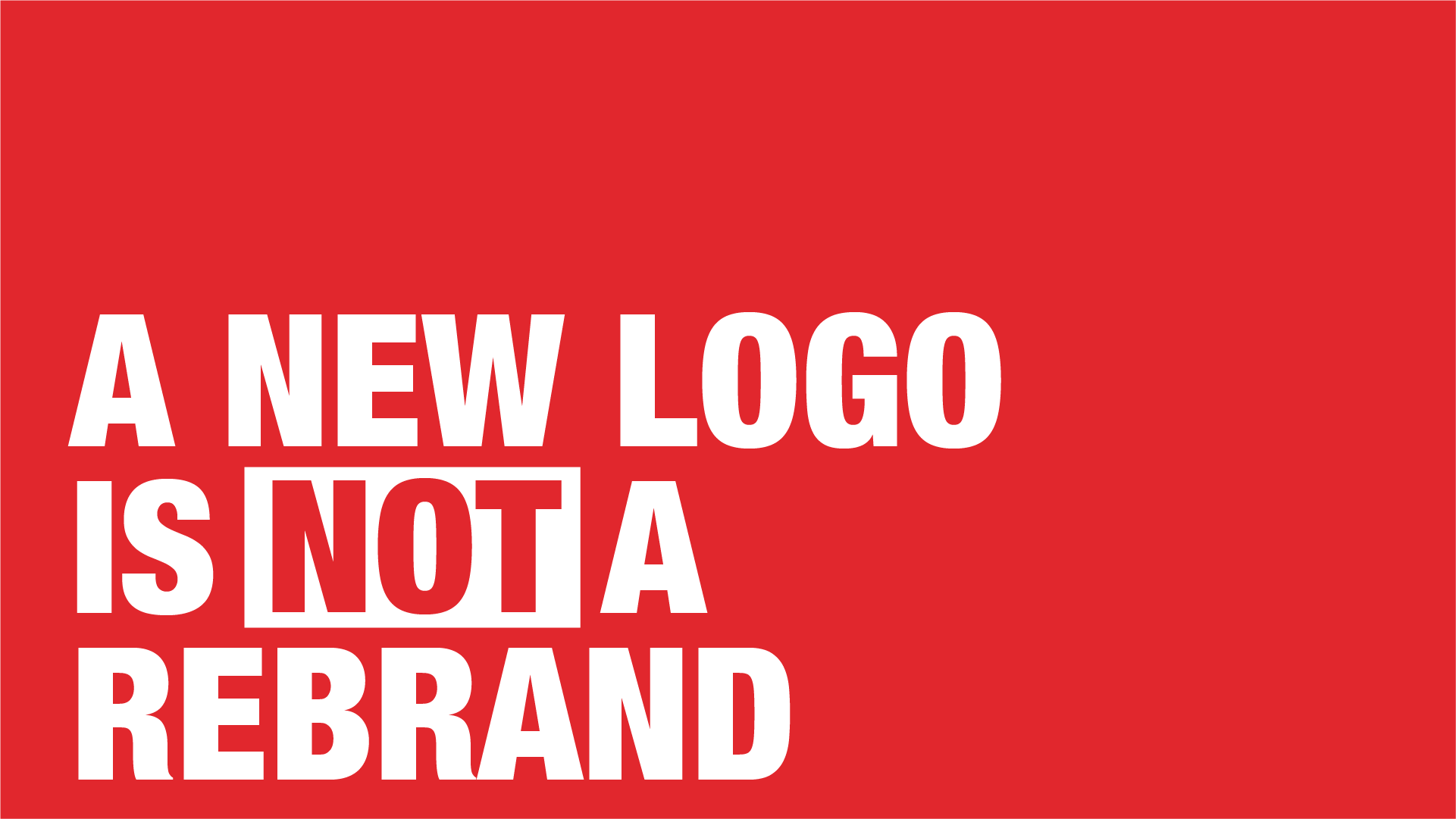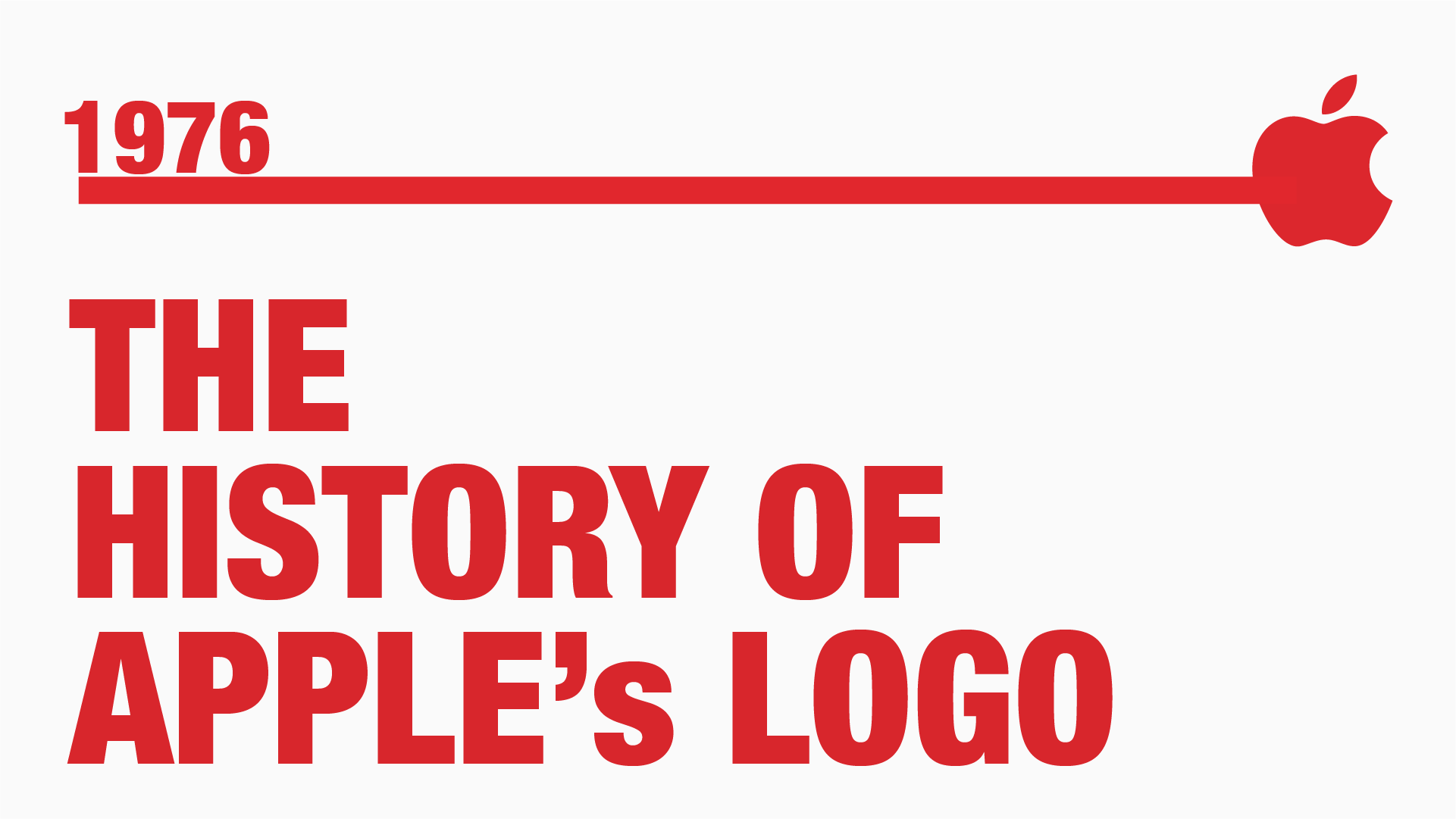Brand Strategy is always a moving target and it doesn’t matter how many strategies you have in place, whether you’re big or small, new or established, the process always needs adjusting.
Everyone wants to find the key to unlock that one idea that none of their competitors have. That one giant opportunity waiting in the open landscape.
Branded vs Brand-Led
Yes, there’s a difference.
Branded companies have an identity where the consumers are able to recognise/identity them by their products. When a product goes beyond the brand, the company is always at the mercy of the consumer and their needs.
Brand-led companies on the other hand, play the long game and require more investment. The identity of the brand goes beyond the product and allows the company to resist the direction of the market.
Which one do you choose?
Brand-led may sound better than Branded, or visa versa, but there isn’t a right or wrong option. Each of them have their pros and cons.
Branded companies tend to grow quickly and extract a lot of market value very early on. Brand-led companies create moments and have more market authority once they find their position.
Many people fail to ask themselves what kind of brand strategy they want to employ and as a result almost always default into the Branded category, when they probably wanted to be Brand-led.
If you want your Brand-led company to attract more upmarket customers, it’s crucial to maintain a specific point of view. Don’t jump ships.

6 Rules to guide you
If you’re developing your strategy, use this list to guide you. If you have one, use this list to test it.
Be Unique
Strong brands are unique. These brands say and do things differently in their market compared to other brands. Either they have a specific tone, follow/reach out to certain demographics or see the future in a different form.
Don’t try to be better, try to be different.
Win the hearts and minds.
You can either be the loudest, i.e. have the biggest marketing budget to splash out, or be the more resonant by sending out the right message to your audience. Be specific.
Specific wins the hearts and minds.
Once upon a time…
Leading with a story is always better than leading with a product. Even when it’s about the product there needs to be an emotional narrative. Otherwise you’re just another company with a brand with a smart product, with no real brand vision.
Why
If you haven’t already seen this video, I highly recommend watching it. Simon Sinek breaks down the concept of answering the ‘why’.
It sounds simple, but when you completely understand it, you’ll see branding in a different light.
Spotlight the customer, not the company.
This is something I see with many startups. They want to tell everybody how good they and their products are. Not that there’s anything wrong with this, however, when looking at user experience, you should position language to speak to the benefits that highlight the customer. How does your product help the customer? Why do they need it?
Look into the future
Where will the world be in 2, 5 or 10 years? Solving a problem that exists today ignores the fact that your customers/consumers are forever changing. Cultures, beliefs and behaviours will all change and so should your brand.
Your brand strategy needs to look into the future and what you see there will form how you think today.





